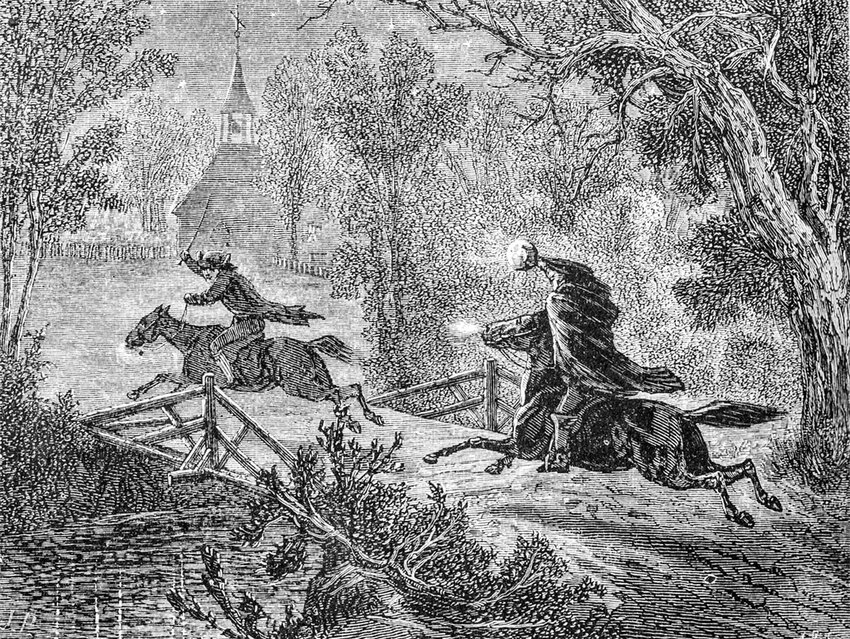English is one of the most-studied languages in the world, with over 150 dialects spoken around the globe. Along with this geographical spread, the English language has continually adapted over time. From the 15,000-year-old primal words that have been preserved in English, to the latest additions to the Oxford English Dictionary, the evolution of the language reflects cultural shifts and trends. Let’s dive into how the English language has sounded over the last few hundred years.
English 200 Years Ago
If you were to time-travel back 200 years to America in the 1820s, the language might sound a bit different, yet surprisingly familiar. The differences between English then and English now lie mostly in the vocabulary — the former would sound more formal to modern ears.
We can look at passages from 19th-century novels to get a glimpse into the linguistic landscape of that era. Take, for instance, the description of Ichabod Crane in Washington Irving's The Legend of Sleepy Hollow (1820):
He was tall, but exceedingly lank, with narrow shoulders, long arms and legs, hands that dangled a mile out of his sleeves, feet that might have served for shovels, and his whole frame most loosely hung together. His head was small, and flat at top, with huge ears, large green glassy eyes, and a long snipe nose, so that it looked like a weather-cock perched upon his spindle neck to tell which way the wind blew.
The language is distinct to that period, with phrases like "weather-cock perched upon his spindle neck," but you’re likely able to understand the overall meaning.
Though no voice recordings from the 1820s exist, Alexander Graham Bell created experimental recordings in 1885. Most accents would have been pretty similar to how we talk today. However, 100 years earlier, there was more of a British influence on accents. While making the historical John Adams miniseries, the producers worked with historians to develop diverse accents for each colonial character. They landed on a mix of British, Irish, Scottish, and hybrid accents, reflecting the nature of the colonial American population 250 years ago.
Understanding 1800s slang terms might pose the biggest challenge. Throughout any era, certain expressions or terms fall out of use or undergo transformations. In the 1830s, to know someone “all to pieces” meant to “know them fully or entirely.” A man could come across a whole “boodle” of people, which would be a crowd. These expressions might sound odd today, but a 19th-century person would have no idea what to do with the phrase “you’re all that and a bag of chips.”
Shakespeare’s English
Travel back a bit further in your time machine to 1600, and jump across the pond to England. If you sat in the Globe Theatre watching one of Shakespeare’s plays, you might have difficulty understanding what was being said. Though Shakespeare used many of the same words we do today, the pronunciation was often different. For example, the word “reason” was likely pronounced as “raisin.”
Middle and Old English
Travel back to the 1400s, and you’ll hear folks speaking Middle English, which is the language of The Canterbury Tales by Geoffrey Chaucer:
Whan that Aprille with his shoures soote,
The droghte of March hath perced to the roote,
And bathed every veyne in swich licóur
Of which vertú engendred is the flour…
In addition to accents and pronunciations likely being very different, you can see in Chaucer’s writing that the spellings are unfamiliar. “Aprille” is “April” in modern English, and “droghte” is “drought.” Dictionaries didn’t exist to help standardize spelling until the mid-17th century, so people spelled however they thought things sounded.
One thousand years ago was the time of Old English. While it is the precursor to the language we speak today, it would likely sound like a foreign language to your ears. The main character in the Mark Twain novel A Connecticut Yankee in King Arthur’s Court likely wouldn’t have had much luck communicating once he arrived in the sixth century.
Featured image credit: KenWiedemann/ iStock

